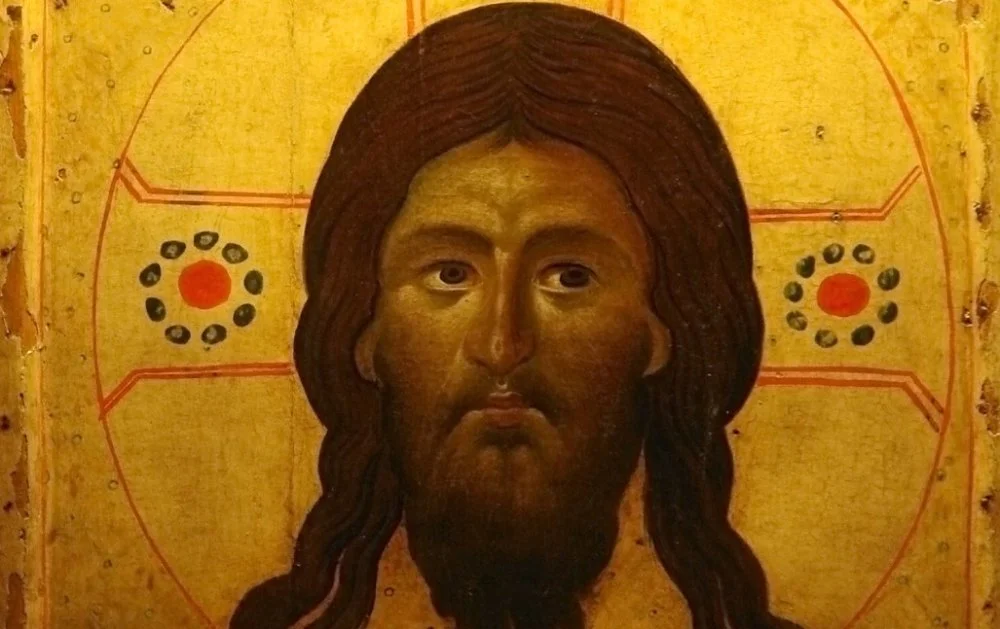In the lecture series Medieval Art of the West, historian and medievalist Oleg Voskoboynikov presents both significant and lesser-known monuments of artistic culture from the Middle Ages, offering insights through the medieval person’s perspective. In the first lecture, the scholar outlines the chronological and geographical boundaries of medieval art.
As we know, the progression of history moves at different paces across different aspects of human life. This perspective certainly applies to the visual arts, literature, and the history of societies and political institutions. While the medieval period, as a civilization, is considered to have lasted for a millennium from the fifth to fifteenth centuries, the origins of the art created during this period can be traced back to the third century CE, before Christianity was the official religion of the Empire. Subsequently, the art of the Italian Renaissance—the so-called Northern Renaissance—originated in the fourteenth and fifteenth centuries, or during the late medieval period.1

We refer to the third to fifth centuries as Late Antiquity,2

There is an ongoing process of revising and critiquing the classification of the millennial development of medieval art into distinct stages and styles that we recognize as Romantic, Gothic, and Proto-Renaissance.i




In addition, terminological uncertainty is often confusing. However, without the inclusion of chronology, eras, schools, and styles, we risk turning the topic of our research into an overwhelming ocean of facts. The historical figures we seek to investigate, with their unique worldview and artistic intentions shaped by the culture of their times, might be reduced to an abstract homo artisticus, a general undifferentiated human creator, akin to an Old Testament Adam.7
Geography of medieval art
Next, we must consider geography. Our scope covers the civilization of the medieval West, within which dozens of languages were spoken, but communication was via the religious koine—Latin—which was inherited from antiquity. There is a widely held belief that the art of the Christian East, which included Byzantium, Rus, the Caucasus, the Fertile Crescent,8

Byzantium was the immediate successor to not only Rome but also the even more ancient Hellenistic civilization. It existed from the beginning of the fourth century, from the foundation of Constantinople on the site of Byzantium, to the fall of the capital in 1453. This covers virtually the entire period under discussion. During the first centuries, a subtle theology of imagery developed in Byzantium, which would not have been accepted in the Latin West at that time, and we can add to this the great theological disputes of the area of Universal Cathedrals. It is no coincidence that in the Eastern tradition, this ended with the restoration of icon veneration and the feast of the Triumph of Orthodoxy, which is celebrated at the beginning of Lent, representing a triumph over iconoclasm.
The greatest Greek minds of the eighth and ninth centuries birthed the theology of art, including St. John of Damascus, Theodore the Studite, and the patriarch Nikephoros I, who established equality between faith and veneration. The West was unaware of this, and initially the Carolingian theologians could not accept this perspective, viewing it as idolatry. However Einhardt, Charlemagne’s 10
First, the united origins of Christianity of the undivided church (first millennium) laid a common foundation, which provided the main theological justification for the very existence of Christian art: the dogma i



In the West, as specific genres of sacred painting, the icon and mosaic have always been considered as being associated with the Christian East. This was combined with the idea ingrained in the consciousness of believers that an icon was ideally not a painting, nor an abstract idea from some fictional, illusory reality; rather, it was copied directly from a prototype, printed from an archetype. Icons of the mother of God were based on the portrait painted by the Apostle Luke.13


Image of Edessa. Icon. Late 14th century, Notre Dame Cathedral, Laon, France / Wikimedia Commons
The Eastern Roman Empire was also the direct successor to the Roman political and artistic traditions, and the West, harboring bitter jealousy, was never able to forget this. Sacra vetustas (sacred antiquity) held immense importance in the medieval consciousness; it was the only true authority, which explains the numerous Renaissances in Western art connected to the revival of classical forms both in literature and figurative art. Without stylistic borrowings from the East, neither the Carolingian nor Ottonian renaissance in the ninth and tenth centuries would have been possible, nor would have been the Romanesque, Gothic or the Italian renaissance.i



Roger II of Sicily accepts the crown from Christ, mosaic of the cathedral of San Nicolo dei Greci (Martorana), Palermo, early 1150s / Alamy
Arriving in the Christian lands of the Mediterranean—Spain and Sicily—Islam first began to explore the artistic heritage of conquered and neighboring peoples and countries, especially the heritage of Rome. The Great Mosque in Damascus and the Dome of the Rock in Jerusalem are great creations of a new artistic will, even if Christian artists participated in their creation. Despite the confrontation and crusades of the eleventh and thirteenth centuries, this dialogue between artists continued and these forms, especially the ornamental, crossed thousands of kilometers. The centers of such interaction were, of course, major ports and fairs, and the catalyst was the maritime trade in artifacts and the exchange of diplomatic gifts between rulers. A medieval duke or bishop 16
